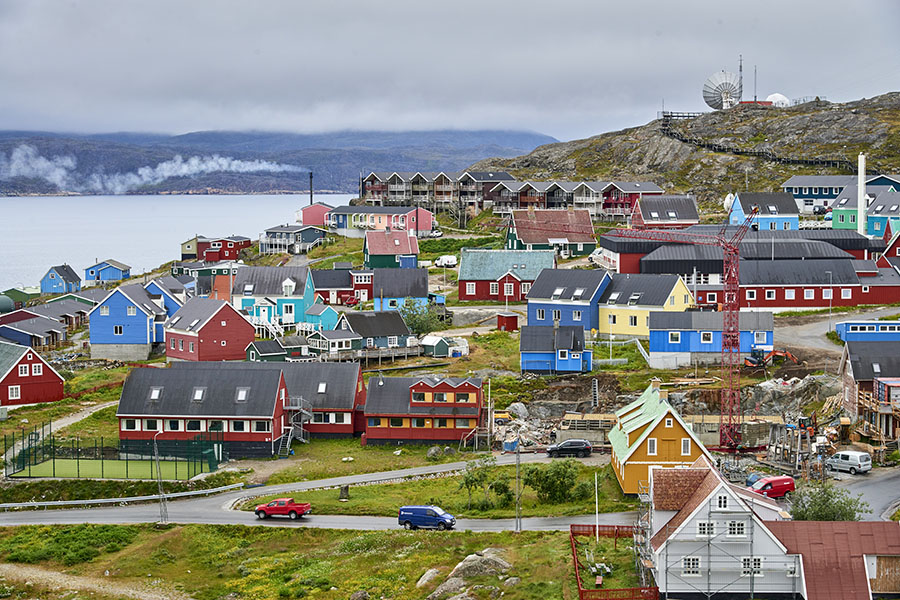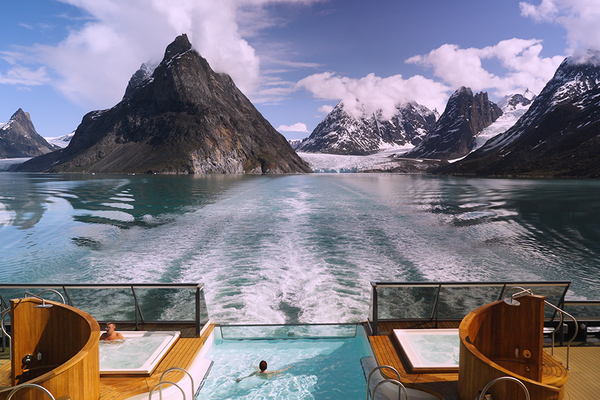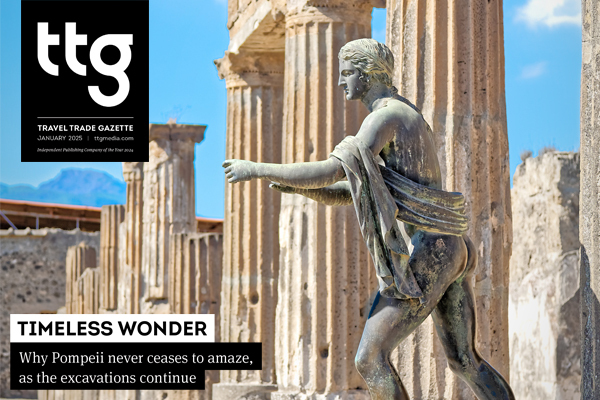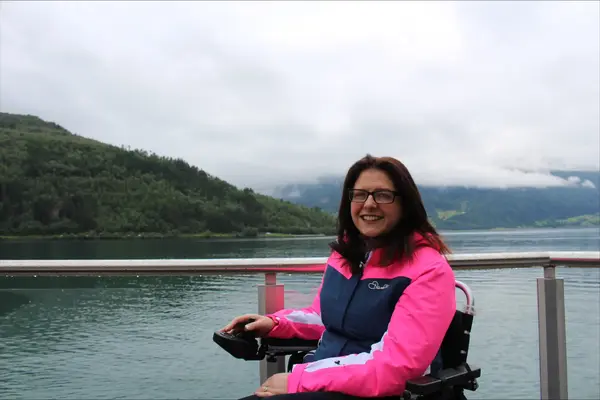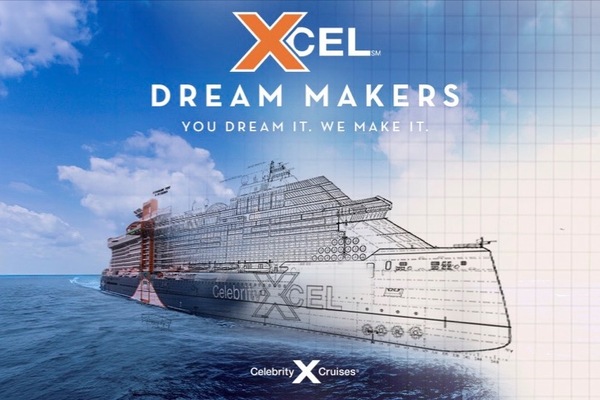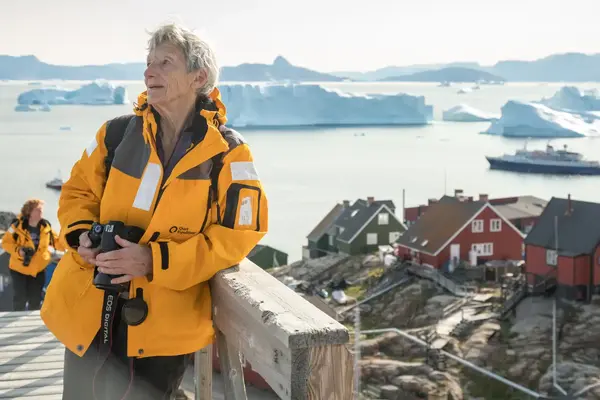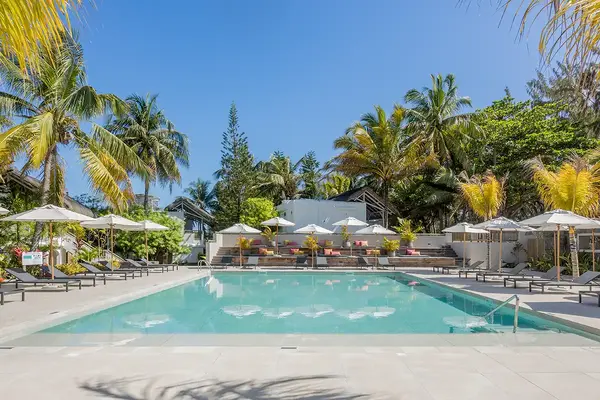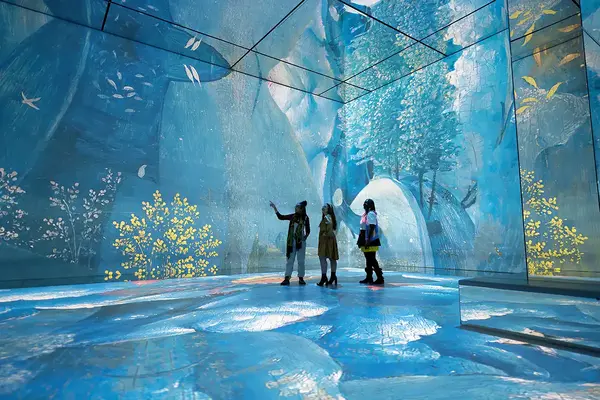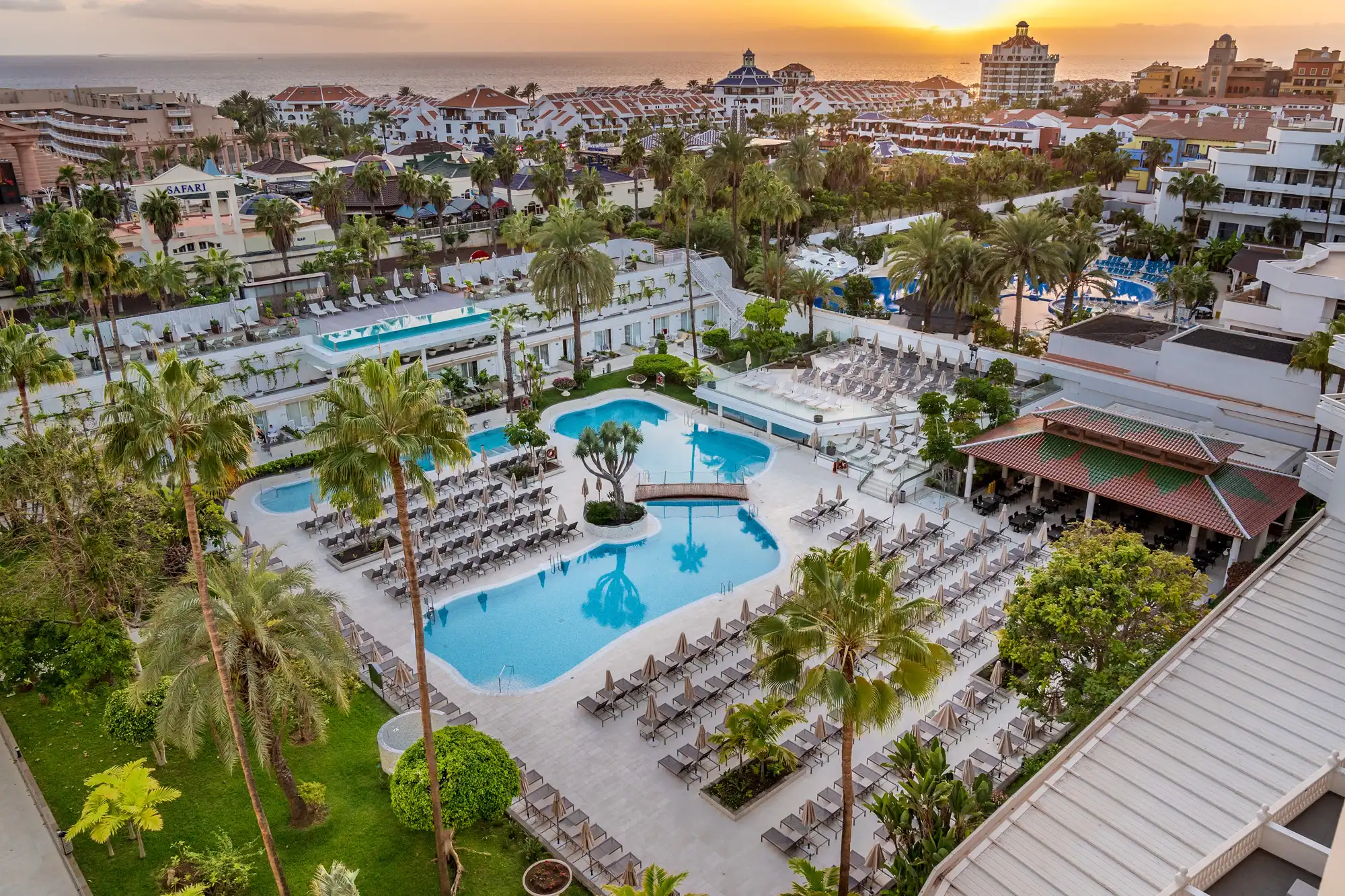Authentic expedition cruising at its best in Greenland
Glacial fjords, polar bears and cultural exchanges leave our writer spellbound on an expedition cruise to Greenland onboard Seabourn Venture
It’s a lazy afternoon, and I’m gently falling into a slumber when a procession of giant statuesque icebergs floating gracefully past our balcony jolts me awake.
The scene is one of tranquil beauty, but in an instant it shatters as one starts disintegrating, sending a colossal wall of ice crashing into the sea with such force it creates a mini tsunami that rolls towards our ship, rocking us from side to side.
It leaves me in awe of Mother Nature’s ability to serve up such spectacles when we least expect them. Yet it becomes a hallmark of this two-week Greenland voyage onboard expedition ship Seabourn Venture, joined by my daughter, Holly.
Setting out from Reykjavik in Iceland, we arrive at the Danish territory’s relatively unexplored east coast, sailing into Scoresby Sound. This is the world’s largest fjord network, where soaring cliffs are separated by the icy tongues of glaciers and winding waterways.
For much of the year, the fjords are encased by sea ice which releases its glacial grip during warmer summer temperatures. However, heavier ice floes than usual mean our ship is the first of the year to access this frozen wonderland when we arrive in mid-August.
Our few days here are filled with adventures as we weave between icebergs using Seabourn Venture’s fleet of Zodiacs, hike across the Arctic tundra, and kayak over the mirror-like waters of a fjord towards the imposing wall of a glacier.
But the biggest thrill comes when a polar bear is spotted on shore, and we zip up in Zodiacs for a closer view, watching in enthralled silence as he tucks into the carcass of a musk oxen.
SEA OF ICE
This is true wilderness territory, though I find it hard to get my head around the vast dimensions of this island – the world’s largest, covering 836,000 square miles. That makes it nine times the size of the UK, though around 80% of the landmass is covered by the polar ice sheet, making it uninhabitable. With a population of just 56,000 people, Greenland is the world’s least densely populated country.
There are just a sprinkling of settlements on its untamed east coast, where nature calls the shots and expedition cruises like ours have a higher chance of spotting wildlife.
At the entrance to Scoresby Sound, we stop at the pocket-sized hamlet of Ittoqqortoormiit, Greenland’s most isolated town with just a few hundred inhabitants, many of whom are Greenlandic Inuit.
Arriving in the morning sunshine and walking ashore among clusters of rainbow-hued gabled houses scattered like colourful Lego bricks across the slopes, we hear the howls of huskies waiting to be fed.
Their owner walks among them, pouring dried pellets (sometimes it’s seal meat) into their bowls, which they pounce on greedily and, for a few minutes, silence reigns. We are then left to our own devices to wander and follow the village tracks, noting how signs of everyday life – washing hanging out to dry, children’s toys and trampolines – juxtapose with the pelt of a polar bear airing in the sun, a reminder of Greenlandic hunting traditions.
It’s a common theme on this trip, where we learn that communities have permits governing the number of polar bears they can kill, though seal hunting is more commonplace and a tour of Greenland’s only tannery in the town of Qaqortoq, which processes 30,000 seal pelts annually, makes for uncomfortable viewing.
KAFFEMIK AND CAKE
As we switch to the more populated west coast, the emphasis of our cruise shifts towards the culture and history of the country’s ethnic groups. It’s the pocket-size settlements that hold the strongest local flavour, with simple wooden Lutheran churches at their centre. We are given welcome receptions at community halls with charming performances by local choirs, “kaffemik” drinks and homemade cake, and the chance to buy locally made handicrafts. Kaffemik means a social engagement “via coffee” and it’s a uniquely Greenlandic tradition.
Seabourn Venture’s expedition leader, Fridrik Fridriksson, highlights how these communities benefit from such visits, working with cruise lines like Seabourn on the best ways guests can interact with locals. “When the cruise ships call in, it’s income for the communities with port fees and excursions with local providers who we try to use as much as possible to support them,” he explains.
This is evident in the small town of Paamiut, which hosts our kaffemik at the college where there’s student artwork for sale and a donation box for a forthcoming college trip, that many of us contribute to.
However, my favourite off-grid spot is pretty Aappilattoq, a tiny hamlet of just 70 inhabitants tucked into the base of towering mountains, where the musical musings of an accordion player sitting on his terrace adds a magical touch as we stroll to the village hall.
I want to ask the women serving drinks what it is like to live here, but they don’t speak any English. Luckily, one of the men does, and his fluency makes for a fascinating conversation as he recalls how a polar bear was spotted prowling through the settlement just weeks before.
We’re amazed when he tells us he learned English while staying in Exeter, where Holly had graduated just a few weeks before, and in an instant, they are sharing photos of the city on their phones.
Talk about travel bringing people together. Our lives and backgrounds couldn’t be more diverse, but this proves to be another heart-warming moment on a voyage full of surprises.
Book it: A 15-day Glaciers, Fjords and Indigenous Cultures sailing on Seabourn Venture departs Reykjavik on 30 August, 2024, visiting Greenland’s east and west coasts, including Umivik Bay, Skjoldungen Fjord, Aappilattoq, Qaqortoq and capital Nuuk before finishing in Kangerlussuaq from where guests fly back to Reykjavik. From £10,499pp all-inclusive, including charter flight and post-cruise overnight stay. International flights extra; seabourn.com
Sign up for weekday travel news and analysis straight to your inbox

Sara Macefield
Supplier Directory
Find contacts for 260+ travel suppliers. Type name, company or destination.
